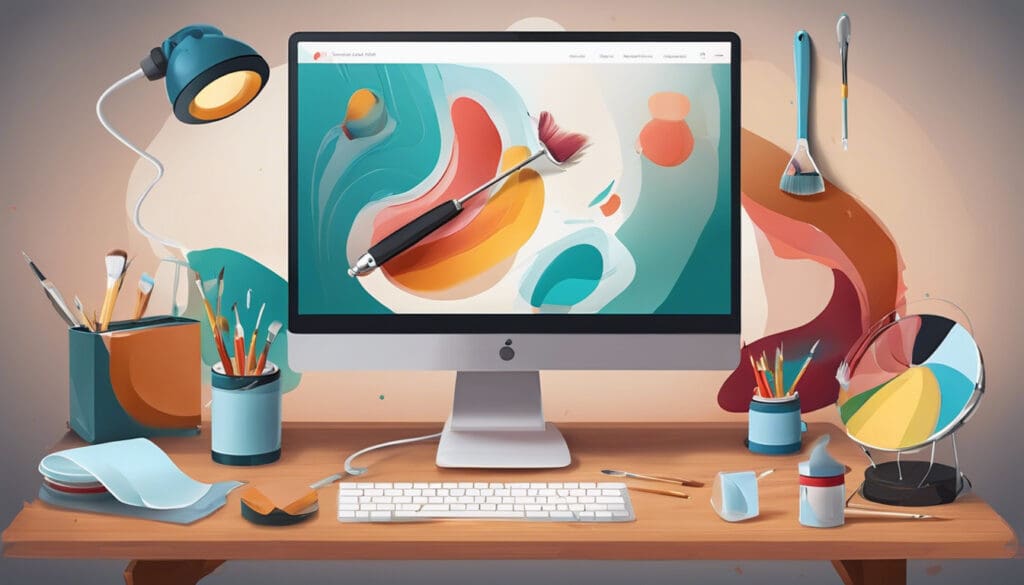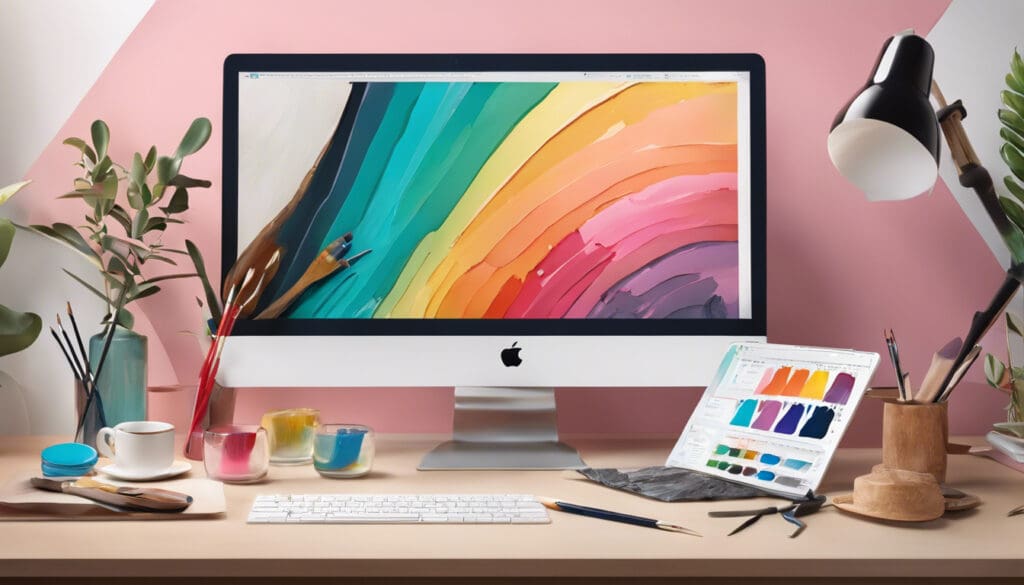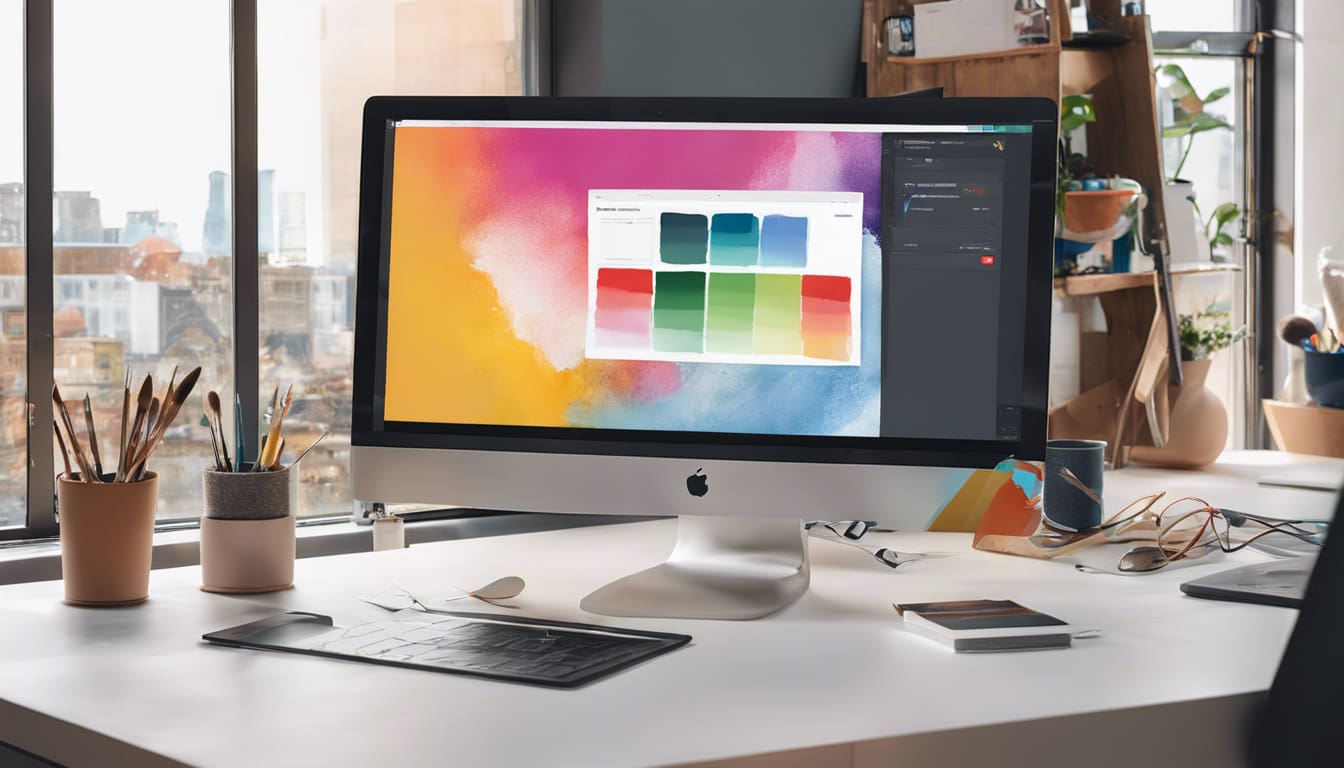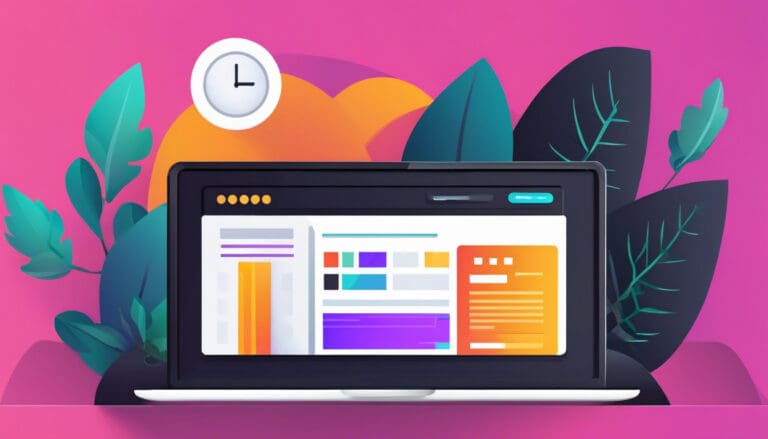Have you ever been annoyed by a webpage that just won’t load quickly enough? That’s when you’re witnessing Largest Contentful Paint (LCP) in action. LCP is a key performance indicator that targets the load time of the main content on your page. Did you know that almost 70% of shoppers say that the speed of a page impacts their decision to buy from an online store? If your website’s LCP is slow, you might be missing out on visitors and income.
Luckily, you can cut down your LCP times and transform those long seconds into a quick, enjoyable user experience. Here, we’re going to go through seven easy tips that will speed up your page, polish your user’s journey, and keep them browsing your site longer without any technical stress. These tips work great whether you’re managing an e-commerce store, a blog, or a business site. Cutting down your LCP is crucial to stay ahead of the game and please your audience.
Want a faster website? Read on to boost your LCP in no time.
In the article
Grasping Largest Contentful Paint and Its Influence on Page Speed
What Exactly Is Largest Contentful Paint?
Largest Contentful Paint (LCP) is a vital metric that checks how quick the biggest visual part shows on a user’s screen. This includes images, videos, or big text blocks. Google uses it to figure out how good a webpage’s user experience is.
The Impact of Largest Contentful Paint on User Perception
A sluggish LCP shows your site takes too long to load, which can be off-putting. You want your LCP under 2.5 seconds for a smooth user experience, which can mean more user activity and sales.
Largest Contentful Paint’s Link to Visual Load Time
LCP and visual load time are directly related. A longer visual load time often equals a higher LCP, which means your page is slower to use. Cutting down LCP times can make performance seem faster and keep visitors happy.

7 Easy Ways to Better Your Largest Contentful Paint Times
Make Images Load Faster for Quicker Visual Time
- Squash image sizes without losing quality to drop visual load time.
- Opt for newer image formats like WebP for better compression.
- Make sure images are the right size for where they’re shown to stop loading extra data.
Trim CSS and JavaScript to Help Largest Contentful Paint
Too much code can drag out how fast a page loads. Cutting out extra bits and white space from CSS and JavaScript makes LCP times better. Also, merging files can reduce server calls.
How a Content Delivery Network Can Enhance Speed
A Content Delivery Network (CDN) brings your content closer to users, which speeds up LCP. It stores content all over, making sure your main elements load fast. Learn more about how CDNs work.
Try Lazy Loading for Pictures You Can’t See Yet
With lazy loading, pictures outside of the view get loaded later, which reduces LCP time. This trick focuses on loading what’s visible first, which makes the starting load quicker.
Pick a Good Web Host for the Best Largest Contentful Paint Scores
The quality of your hosting can make or break your LCP. Moving to a better host can seriously speed up how fast your server responds and, as a result, your LCP metric. Choose your host by how fast and consistent they are.
Ditch Extra Third-Party Scripts
Third-party scripts like those for tracking, ads, or social media can delay LCP with extra data calls. Think about which you really need and cut the rest or swap them for speedier choices.
Upgrading to a Quick Server Response Helps
Server response is key. A speedier server serves the first piece of content faster, leading to better LCP results. Stay current with server maintenance like updating your software for peak performance.
Figuring Out Largest Contentful Paint Problems
Tools to Check Largest Contentful Paint
Resources like Google’s PageSpeed Insights are perfect for checking LCP. They’ll tell you how well your page is doing and supply tailored tips on how to improve your LCP.
Read the Results and Spot the Trouble Spots
Review your LCP numbers to find what’s holding up your load time. It could be large pictures, chunky fonts, or big script files. Pinpoint these so you can target your fixes for faster LCP.
Make a Plan Based on What Users Want
Pair LCP numbers with other feedback from users. This helps decide what changes are most important, making your visual load times and user experience better.

Keep Your Largest Contentful Paint Times Lean
Watch Your Visual Load Time Closely
To keep your LCP good, keep an eye on it. Set alerts for any changes in LCP optimization and react fast to avoid a bad user experience.
Stay in the Loop with Page Speed Practices
Page speed tips change all the time. To stay ahead, keep up with the latest in LCP optimization and give users the best experience.
The Benefits of Ongoing Improvement
Constantly getting better means LCP gains are here to stay. This ongoing work will make sure page speed and user happiness stay top priorities for your site’s success.
Get a Grip on Your Page Speed
With our top 7 tips for handling Largest Contentful Paint, you’re now ready to boost load times and make your site more user-friendly. Faster website speeds will not only delight visitors but also look good to search engines.
Ready to get started? Take a look at your website’s current LCP times and find what needs work. Cutting down even a second can really help how users feel. Share your wins or questions below, so we can all work on faster websites together. Spread the word by sharing these insights to help others enhance their sites too.







